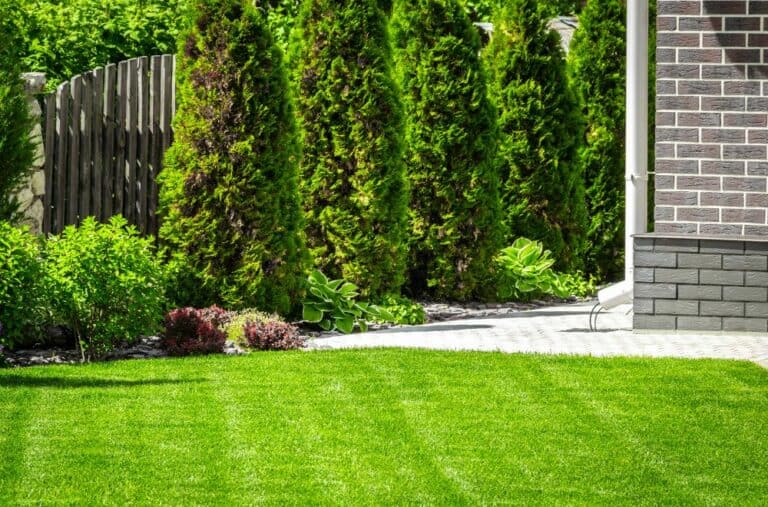If you put a lot of time into looking after your garden, having your neighbors’ dogs using your lawn as their pooping area can be a real bone of contention. We’ve all heard the stories of times when emotions run high and events get out of hand – sometimes with serious consequences. However, there’s no …
Lawn Care Tips
8 Tips to Make Your Grass Greener
Is your lawn looking drab? Do you want to turn your yard from one with dull brown patches to one with thick, green, and luscious grass on which your kids and pets will love playing? In this article, we’ll show you how you too can have one of those enviably green lawns. Whether you want …
How to Remove Riding Lawn mower Blade?
Riding Lawn mowers can make the chore of mowing a large lawn so much easier. Rather than push an electric cordless Lawn mower around your yard, you simply sit on top and whizz around until the job is done. For speed and effortlessness, a riding Lawn mower is even better than using a self propelled Lawn mower, but you still need …
8 Tips to Keep Lawn Green in Summer Heat
It’s a familiar story – we work hard all year keeping our lawns finely manicured and neatly mown but when the heat of the summer arrives, our grass turns brown and seems to die. Is there anything we can do about this? Well, the good news is that there is a lot we can do. …
How Often Should You Mow Your Lawn?
Regular mowing your grass has a lot of benefits. It will help your yard looks beautiful, healthy, and vigorous. However, if you mow the lawn too frequently or cut the grass at an excessively short height, you can do the damage you will find difficult to correct. The primary keys of having a healthy, lush, …
What’s the Best Grass Seed Germination Temperature?
Are you planning to start a new lawn? Or, maybe you want to overseed and improve the condition of your existing yard? When it comes to growing new seeds on a lawn, timing is everything. Timing in this context refers to the planting seasons. Attempting to grow grass seeds in the wrong season can be …
Grass Turning Brown Despite Watering? What to do
Water is one of the key requirements for keeping a lawn green. It’s quite frustrating to realize brown patches in your lawn despite your daily efforts of keeping it hydrated. So, why is your grass turning brown despite watering? Despite adequate watering, grass can turn brown as a result of diseases, pest infestation, nutritional deficiency, excess …
How to Kill Weeds in Newly Seeded Lawn?
Not all of us are born with green fingers, and for some of us, it can be challenging to have something as ordinary as grass grow well. Have you ever started a newly seeded lawn only to be disappointed when it was infested by weeds a few weeks later? If you have, then this article …
How to Tell if Grass Seed is Germinating (Ideal Requirements)
Germination is the initial growth process when the seed absorbs enough moisture to start sprouting. Grass seed will germinate in 3 to 4 weeks if the soil conditions are favorable. The seed germination process requires three basic conditions: air, warmth and moisture. Light is also necessary once the seed has germinated. The germination rate of …
How to Get Rid of Clover in Your Lawn (Without Killing Grass)
Clover is a legume that is grown and used as hay for wildlife. Clover can also be grown on the lawn because it is a perennial plant and requires little maintenance and can therefore be a good alternative to grass. However, most lawn owners consider it a weed and prefer to get rid of it. You …









